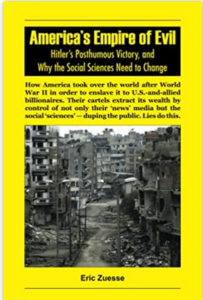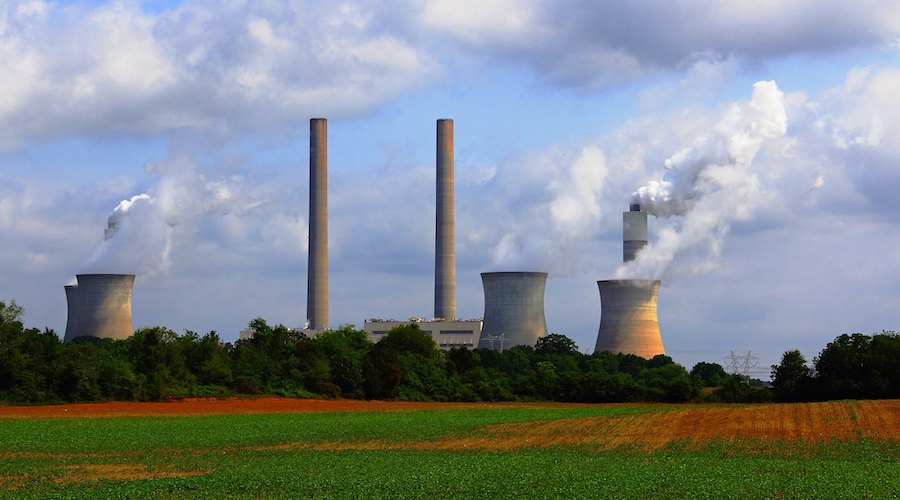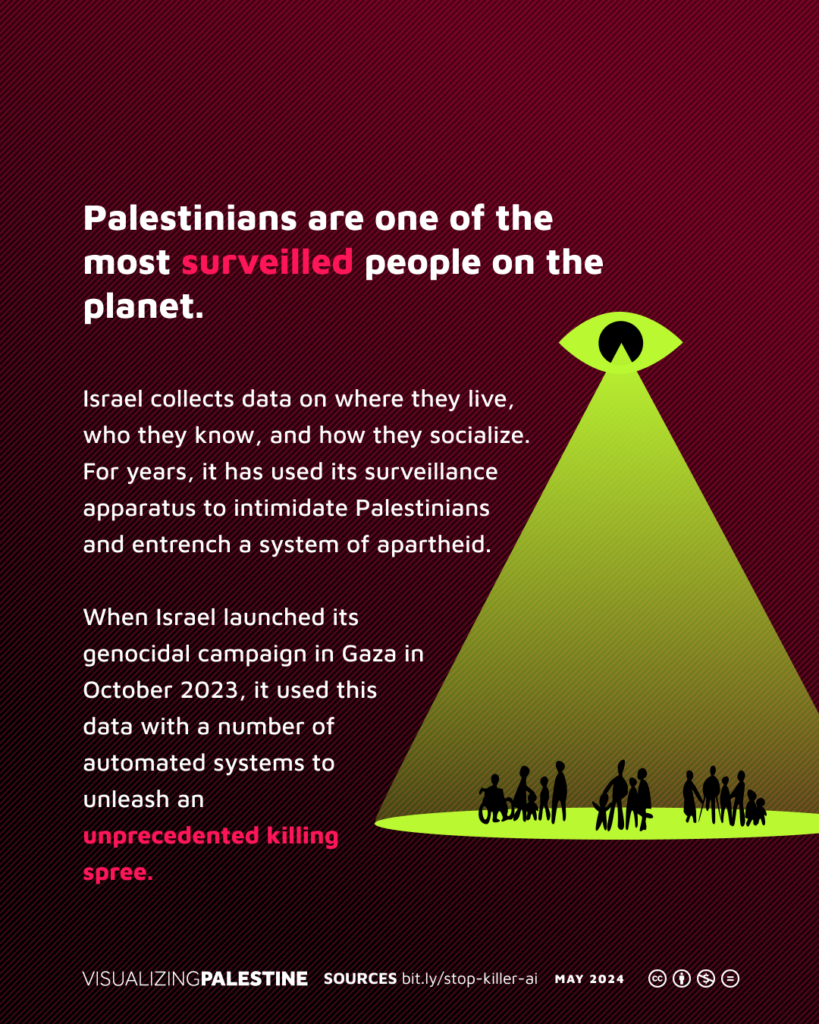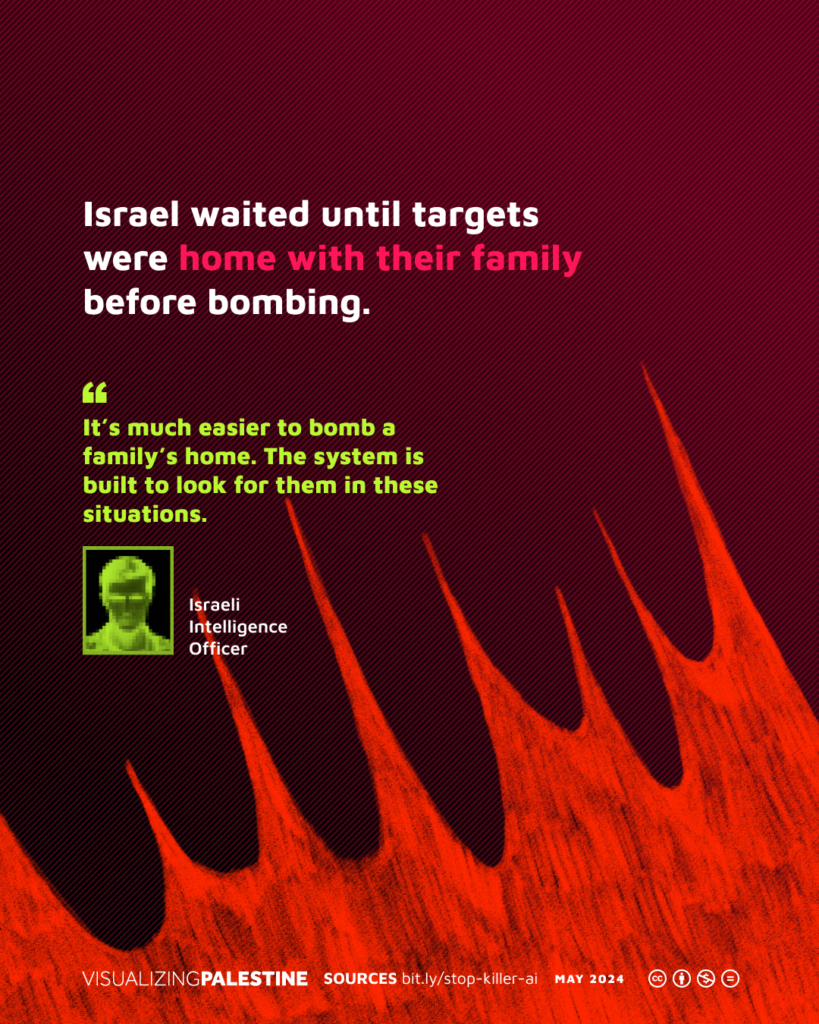U.S. President Biden Now Authorizes Ukraine to Start WW3
On May 31st, Politico headlined “Biden secretly gave Ukraine permission to strike inside Russia with US weapons: It’s a major reversal that will help Ukraine to better defend its second-largest city.” It reported:
The Biden administration has quietly given Ukraine permission to strike inside Russia — solely near the area of Kharkiv — using U.S.-provided weapons, three U.S. officials and two other people familiar with the move said Thursday, a major reversal that will help Ukraine to better defend its second-largest city.
“The president recently directed his team to ensure that Ukraine is able to use U.S. weapons for counter-fire purposes in Kharkiv so Ukraine can hit back at Russian forces hitting them or preparing to hit them,” one of the U.S. officials said, adding that the policy of not allowing long-range strikes inside Russia “has not changed.”
Ukraine asked the U.S. to make this policy change only after Russia’s offensive on Kharkiv began this month, the official added. All the people were granted anonymity to discuss internal decisions that haven’t been announced. …
In effect, Ukraine can now use American-provided weapons, such as rockets and rocket launchers, to shoot down launched Russian missiles heading toward Kharkiv, at troops massing just over the Russian border near the city, or Russian bombers launching bombs toward Ukrainian territory. But the official said Ukraine cannot use those weapons to hit civilian infrastructure or launch long-range missiles, such as the Army Tactical Missile System, to hit military targets deep inside Russia.
It’s a stunning shift the administration initially said would escalate the war by more directly involving the U.S. in the fight. But worsening conditions for Ukraine on the battlefield –– namely Russia’s advances and improved position in Kharkiv –– led the president to change his mind. …
What this means is that if Volodmyr Zelensky (whose legal term of office as Ukraine’s President ended on May 20) decides that Ukraine should use American weapons and bombs to hit “military targets” that are in Russia and “near the area of Kharkiv,” then the U.S. Government will not object. The article does not say how the phrase “military targets” there is being defined, nor how “near the area of Kharkiv” is being defined.
The U.S. Government has been, to a large extent if not fully, operating or in control over the operation of those U.S.-made weapons; and, therefore, one may reasonably presume that any decision as to whether to use those weapons and bombs in any given instance will have the prior approval of both the Ukrainian and the American Governments.
 One also may reasonably assume that if ever Ukraine would violate Biden’s order in this regard, then Biden would condemn Ukraine for having done so. Whether or not Russia’s Government would take that as being sincerely an expression that only Ukraine was to blame for that U.S.-and-Ukraine attack against Russia is impossible reasonably to predict in advance. Consequently, if the limitations upon what Ukraine’s government can do with America’s weapons and bombs are not yet already over the limits of what will precipitate a nuclear attack by Russia against the United States and its colonies (‘allies’), as having “crossed over Russia’s red lines” of what Russia considers to constitute an acceptable violation of Russia’s national security, then how Russia will respond in any case if Ukraine will violate Biden’s command and Biden will condemn Ukraine for that, is likewise impossible reasonably to predict in advance. However, if Russia will in such an instance unleash its estimated 5,580 nuclear weapons against the U.S. and its colonies, then there will be a debate among the immediate survivors of WW3 regarding whether the villain here was Biden or instead Putin, or both.
One also may reasonably assume that if ever Ukraine would violate Biden’s order in this regard, then Biden would condemn Ukraine for having done so. Whether or not Russia’s Government would take that as being sincerely an expression that only Ukraine was to blame for that U.S.-and-Ukraine attack against Russia is impossible reasonably to predict in advance. Consequently, if the limitations upon what Ukraine’s government can do with America’s weapons and bombs are not yet already over the limits of what will precipitate a nuclear attack by Russia against the United States and its colonies (‘allies’), as having “crossed over Russia’s red lines” of what Russia considers to constitute an acceptable violation of Russia’s national security, then how Russia will respond in any case if Ukraine will violate Biden’s command and Biden will condemn Ukraine for that, is likewise impossible reasonably to predict in advance. However, if Russia will in such an instance unleash its estimated 5,580 nuclear weapons against the U.S. and its colonies, then there will be a debate among the immediate survivors of WW3 regarding whether the villain here was Biden or instead Putin, or both.
If WW3 will happen before America’s November 5 elections, then if such elections will be held, either Donald Trump or Robert F. Kennedy Jr. will be the President starting in 2025. If WW3 will happen after such elections, then America’s voters today should know that on May 28, the Washington Post, headlined “Trump makes sweeping promises to donors on audacious fundraising tour”, and reported that at one fundraising event for billionaires and centi-millionaires (not for mere voters), “he suggested that he would have bombed Moscow and Beijing if Russia invaded Ukraine or China invaded Taiwan.” In other words: to him, regarding the current war in Ukraine, and regarding the long-sought-by-the-U.S.-
Though the CIA-edited and written Wikipedia (which blacklists [blocks from linking to] sites that aren’t CIA-approved) says nothing about the former President of Ukraine Volodmyr Zelenskyy being no longer legally after 20 May 2024 Ukraine’s President, and he did announce that the 20 May 2024 elections would be cancelled, he still does serve as-if he is Ukraine’s President, and is not questioned about that in U.S.-and-allied media. No polling has been done regarding whom Ukrainians would vote for if they were allowed to vote. However, on 15 February 2024, Yahoo News headlined “New poll shows Zelenskyy’s approval dips 5 points in Ukraine after departure of General Zaluzhnyi” and buried in its news-report that the poll showed that as-of February 24, the level of “trust” in leading political figures by the Ukrainian public were: Valerii Zaluzhnyi – 94%; Kyrylo Budanov – 66%; Volodymyr Zelenskyy – 64%; Serhiy Prytula – 61%; and Oleksandr Syrskyi – 40%. Zaluzhnyi was appointed Ukraine’s Ambassador to UK on 7 March 2024, after having been fired by Zelenskyy as Ukraine’s top General. Zelenskyy replaced him with Oleksandr Syrskyi.
In any case, Ukraine has been ruled by America’s President ever since February 2014, and Russians have long known that this is so.
Eric Zuesse is an investigative historian. His new book, America's Empire of Evil: Hitler’s Posthumous Victory, and Why the Social Sciences Need to Change, is about how America took over the world after World War II in order to enslave it to U.S.-and-allied billionaires. Their cartels extract the world’s wealth by control of not only their ‘news’ media but the social ‘sciences’ — duping the public. Read other articles by Eric.






